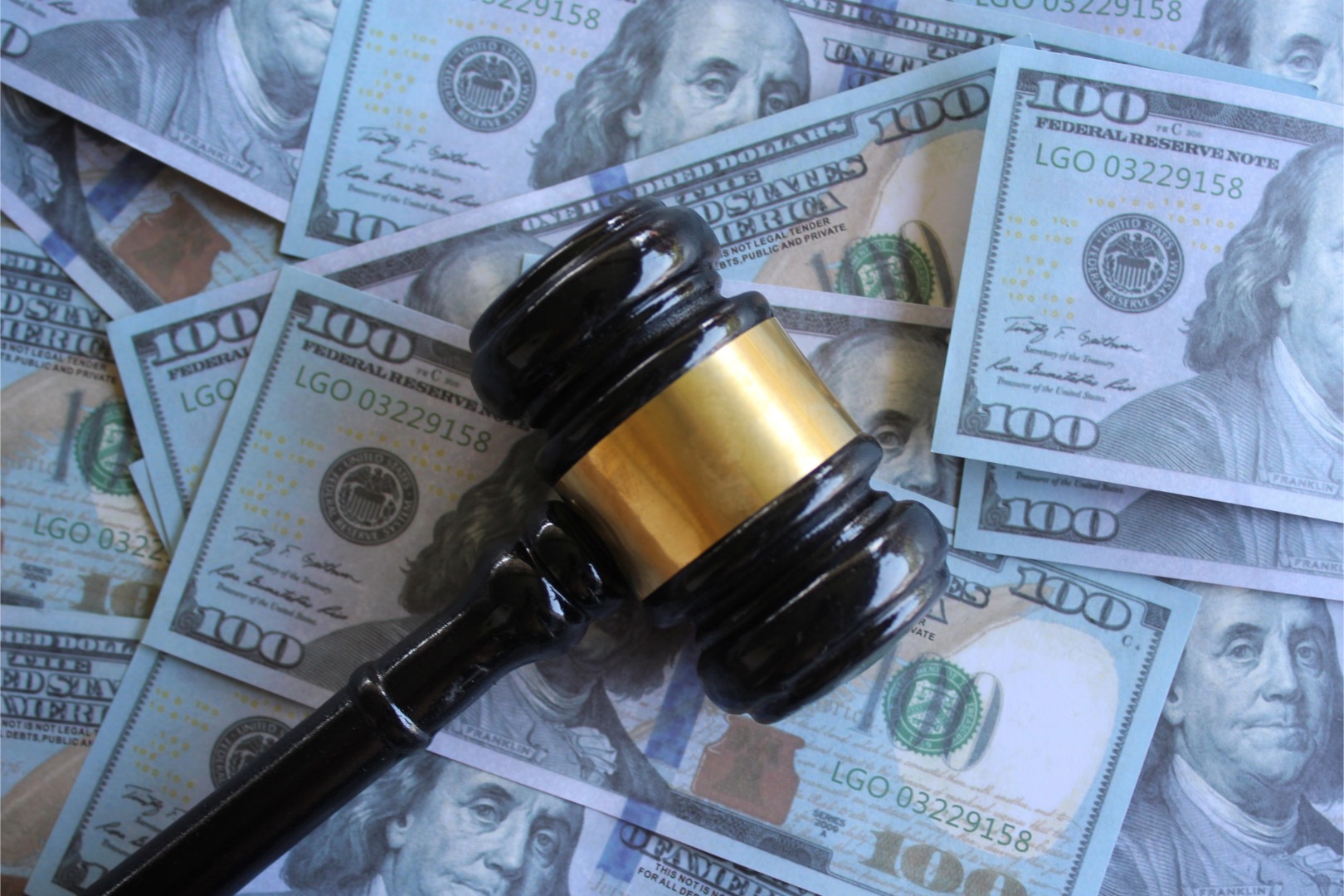
In 2014, the U.S. Supreme Court handed Big Tech a loaded weapon. They called it Alice v. CLS Bank (Alice). Framed as a fix for so-called “bad patents,” the decision was pitched as a way to stop vague, overly broad ideas from getting patent protection. What it actually did was gut the patent system for America’s most important sector: technology. And in doing so, it handed Big Tech the keys to the kingdom.
Before Alice, small inventors had a fighting chance. If you built a novel technology tool or digital platform, you could protect it. You could raise capital, license your work, and — if needed — sue to stop theft. The system worked. The patent office issued patents. Courts enforced them. Investors backed startups.
Then came Alice.
And just like that, it all collapsed.
Thousands of valid, valuable technology patents were tossed out. Courts began calling almost anything involving a computer an “abstract idea,” as if code-based innovation isn’t real innovation. Once a patent was labeled abstract, it was worthless.
Big Tech saw the opening and pounced.
Today, if you’re a startup with a breakthrough algorithm or platform, you can’t defend it. The giants will watch, wait for you to prove it’s marketable, steal it, and crush you. They’ll hide your product in search, flood the market with knockoffs, and bury you in legal fees. And thanks to Alice, there’s not a damn thing you can do about it.
Let’s be honest: this was never about bad patents. It’s about power. Google, Amazon, Apple, Meta, Microsoft, and Qualcomm aren’t against patents. They’re against your patents. They’ve built enormous patent arsenals of their own and enforce them aggressively when it suits their interests. But they want everyone else disarmed, especially independent inventors who might one day pose a threat.
Alice Destroyed Countless Startups and Inventors
I’ve spoken with hundreds of inventors wrecked by Alice. Startups shut down. Investors walked. Careers ended. Patents that were granted legally — often after years of examination — were invalidated overnight. And while inventors were left with nothing, Big Tech consolidated entire industries.
Let’s stop pretending Alice was about stopping patent trolls. It destroyed the only line of defense small inventors had against trillion-dollar monopolies.
Alice is Legal Illusion and Logical Fallacy
The rationale behind Alice is a legal illusion. The idea that bad patents destroy innovation is a PR line, not a fact. A patent is neither “good” nor “bad” on its own, it’s a legal tool. Misuse of that tool happens in litigation, not in the patent itself. If someone sues over a patent, they shouldn’t enforce; deal with that in court. But when an inventor has their idea stolen by a massive corporation, and the courts hand the thief a get-out-of-jail-free card? That’s a broken system.
And let’s be clear: the courts broke it and never took responsibility. Instead of fixing their own incongruities, they obliterated entire categories of innovation.
The U.S. patent system once fueled the American Dream. It helped make America the most innovative country on Earth. But now? It’s broken. And we’re careening toward a future where just six or so companies control every screen, stream, app, and service in our lives.
Worse, these giants aren’t even innovating anymore; they’re milking their market dominance. Just look at the sudden arrival of ChatGPT. None of the Big Six saw it coming because they’re too busy crushing competition to focus on creation. Why invent something new when you can just steal, kill, or acquire whatever threatens your market?
And here’s the real danger: Big Tech may dominate the U.S., but they’re losing ground globally. Chinese Communist Party (CCP) backed multinationals are pushing hard… and winning. According to recent data, the CCP now leads in 57 of 64 critical technologies essential to U.S. national security. More than half are directly related to slowing U.S. innovation due to Alice.
That’s not just an innovation crisis; It’s a national security crisis.
Congress must act. We need clear, strong, and enforceable patent rights, especially for software. We need legislation that ends the vague and arbitrary “abstract idea” test once and for all. We also need to rein in the Patent Trial and Appeal Board (PTAB), which has become the graveyard of small inventors, killing 84% of challenged patents behind closed doors without due process.
PERA Codifies the Effects of Alice
Unfortunately, the current proposal on the table, the Patent Eligibility Restoration Act (PERA), doesn’t solve the problem. It claims to fix Alice, but it replaces one set of vague standards with another. If passed as written, PERA risks reintroducing the same ambiguity that’s already devastated innovation.
The logic behind Alice is flawed from the ground up. The Supreme Court created a two-step test that starts by stripping out “conventional” or “routine” computer functions from an invention, things like storing, sending, or displaying data. Which are the very actions that ground most technology in the real world. Once you remove those, all that’s left is math or logic and, surprise, that looks “abstract.” So, courts toss the patent.
PERA creates a similar test that will bring the same results. If you want to see how absurd this is in practice, check out SPARK US Innovation’s breakdown. They lay out exactly how this judicial sleight-of-hand works, why it’s killing American innovation, and how PERA codifies Alice’s damage.
The American Dream rests on a simple premise: anyone, regardless of size or background, can invent something, protect it, and succeed. Alice flipped that dream on its head, turning the patent system into a tool of monopolies, not merit.
We need to wake up and fix this before it’s too late
Paul Morinville is Founder and Executive Director of SPARK Innovation. SPARK Innovation strives to create an policy environment where the conception, protection, and commercialization of technologies critical to our economic and national security prosper thereby enabling the United States to take back the global technological lead from China. Paul is an inventor and has been an executive at multiple technology startups including computer hardware, enterprise middleware, video compression software, artificial intelligence, and medical devices, and has licensed patents in the U.S. and China.







Thank you Paul for never giving up.
Jacek
This killed me. I had 3 patents all destroyed. U want a good tragic inventor story! I’d luv 2 share mine! Jlc@sidogger.com
For a direct link to the source that notes the 57 of 64 technologies noted, and which link provides over-arching policy caveats, see here: https://www.aspi.org.au/report/aspis-two-decade-critical-technology-tracker
To Jacek: Seconded !
To John C: Interested to learn details.
Hi Elif, I’d be glad to provide you with lots of details. Please email me for more details. My Inventors journey story goes back to the early 90’s, hope you got a couple depressing hours to spare! lol!
Thanks for reaching out!
JLC@siodgger.com
thank you for your knowledge, now that I know what ALICE is, I will not pursue with my patent. Sad. “united” states ?? Hope this president can fix it and will.
Dory. Don’t you recognize what is going on? T has king Midas touch. Whatever he touches turns in to disaster. How many bankruptcies he has under his belt?